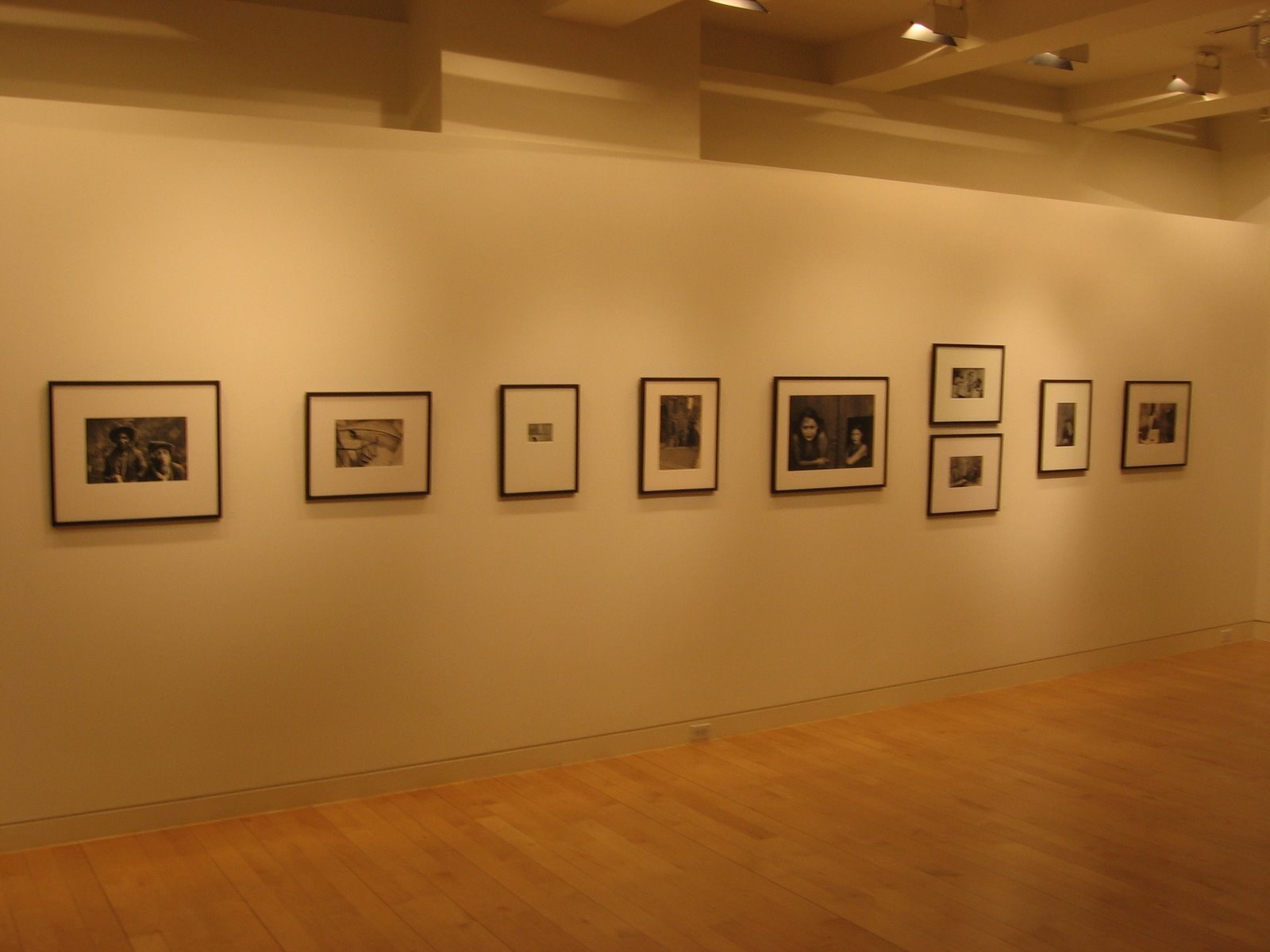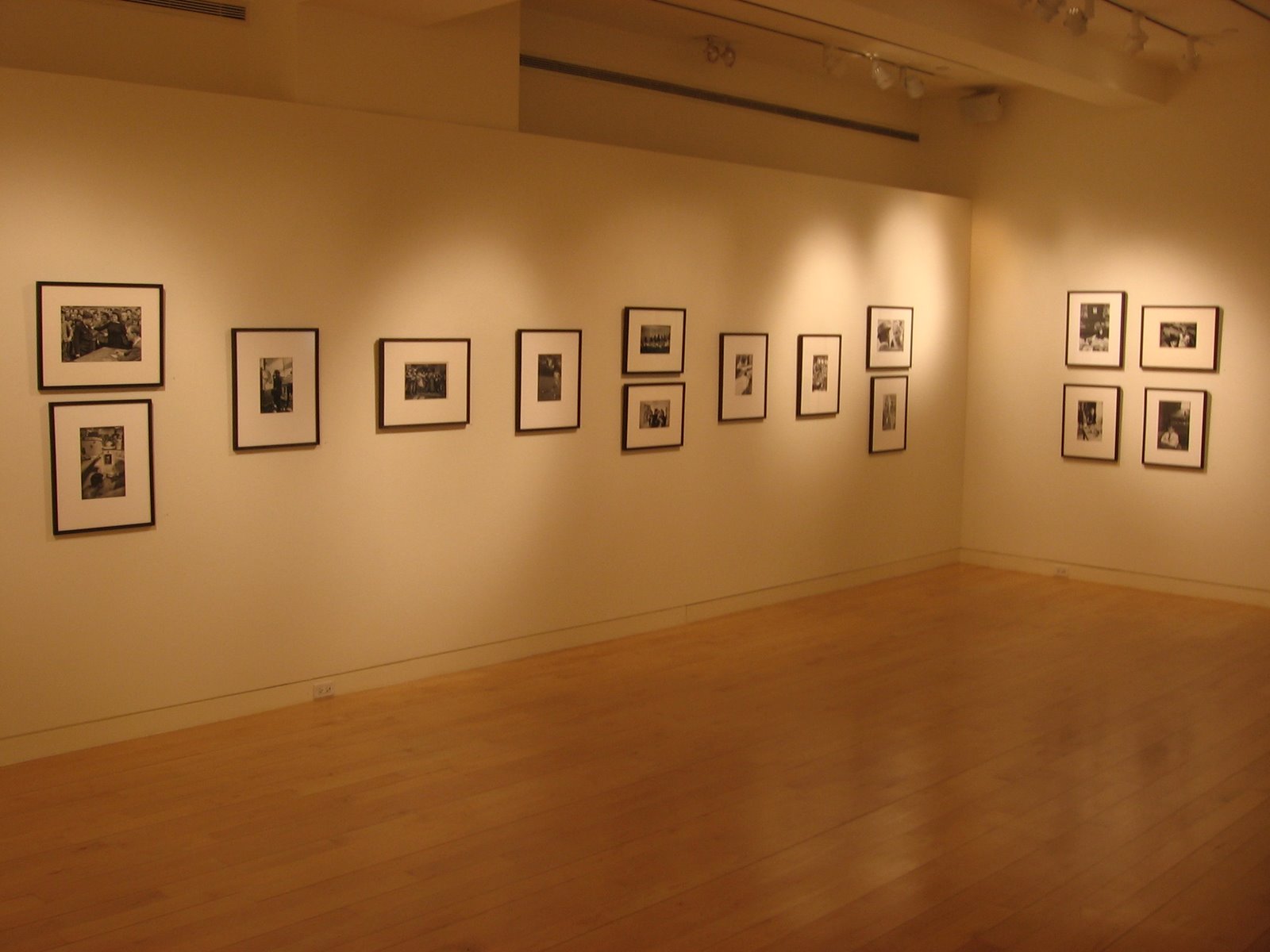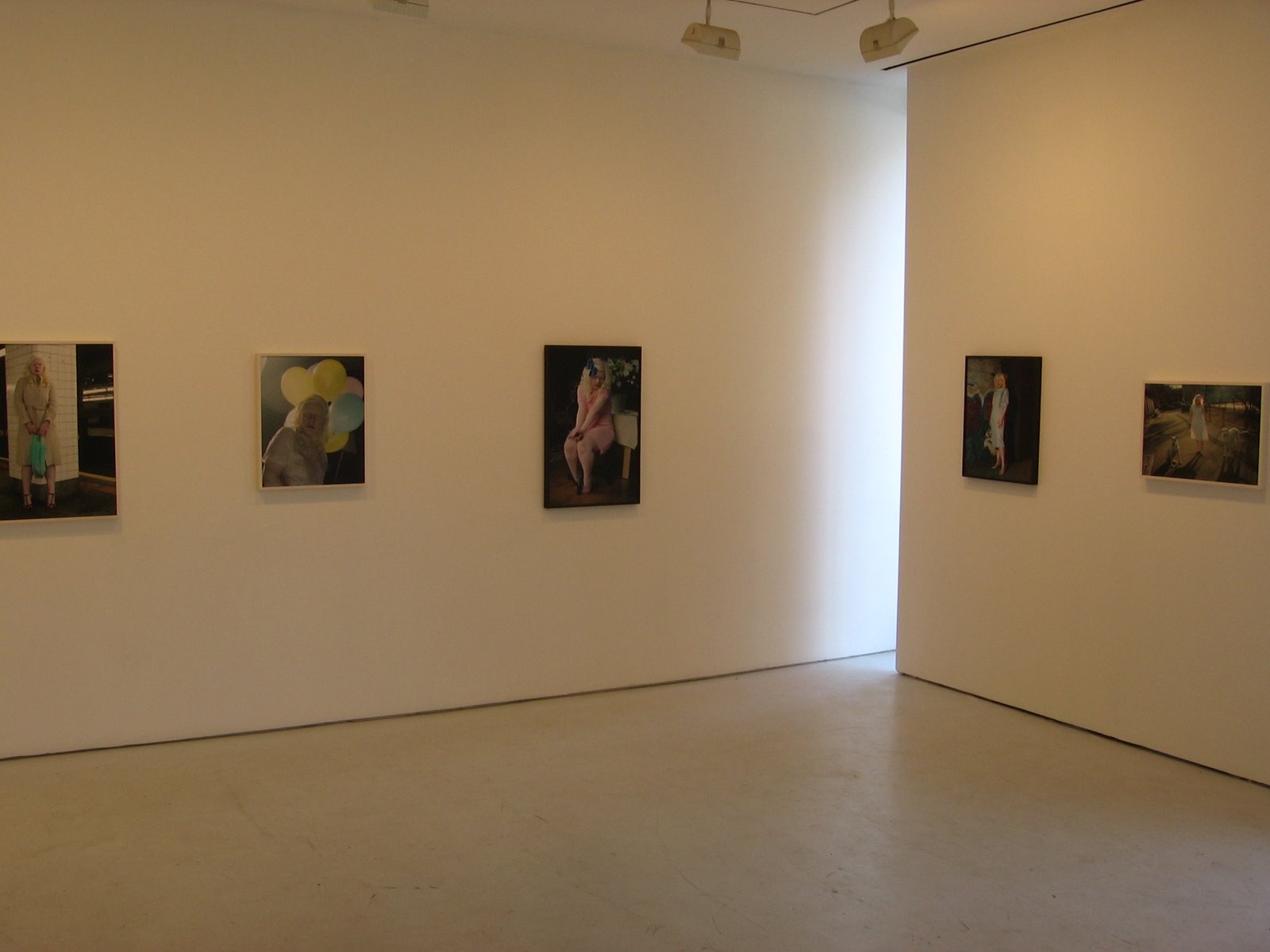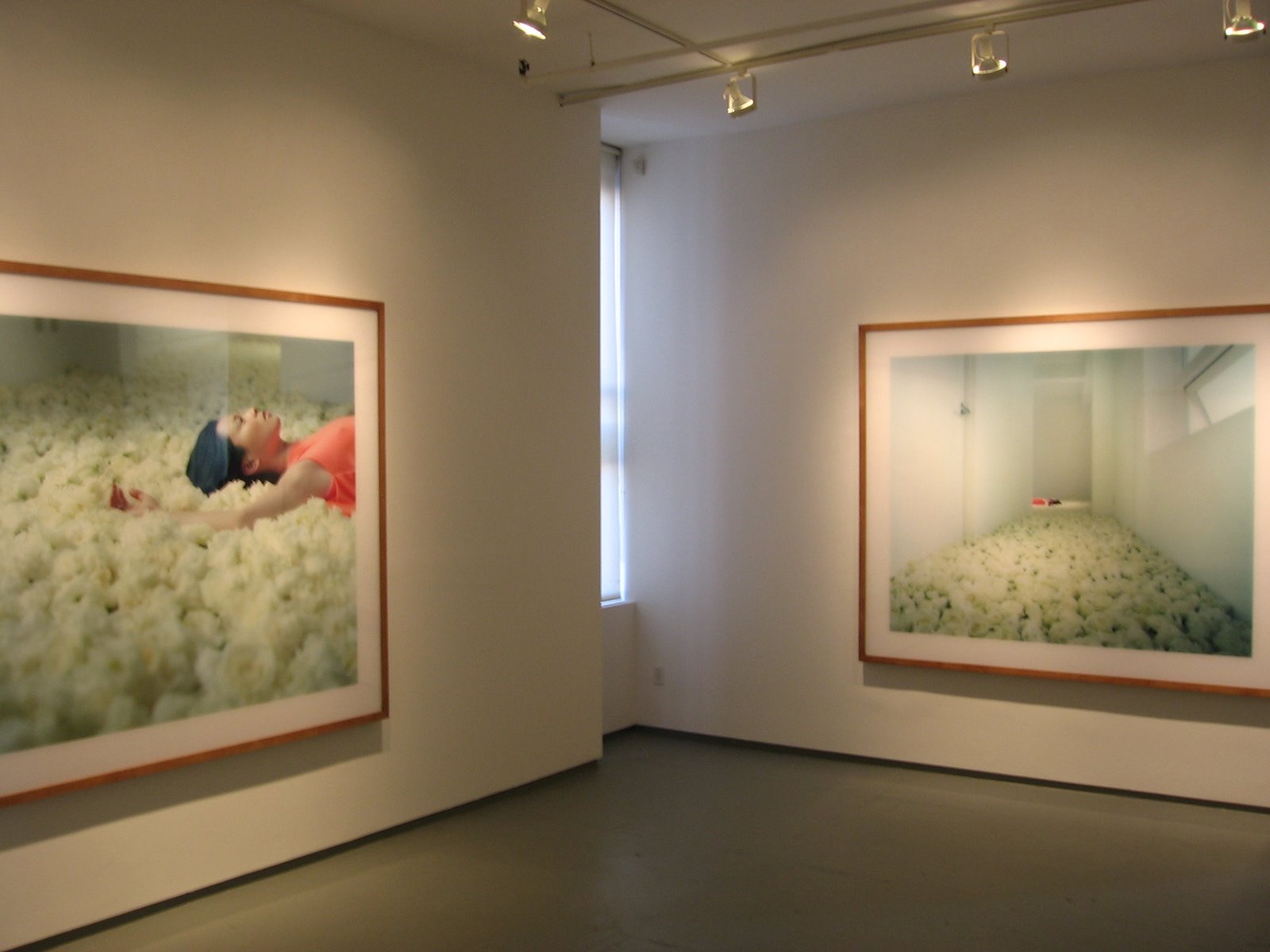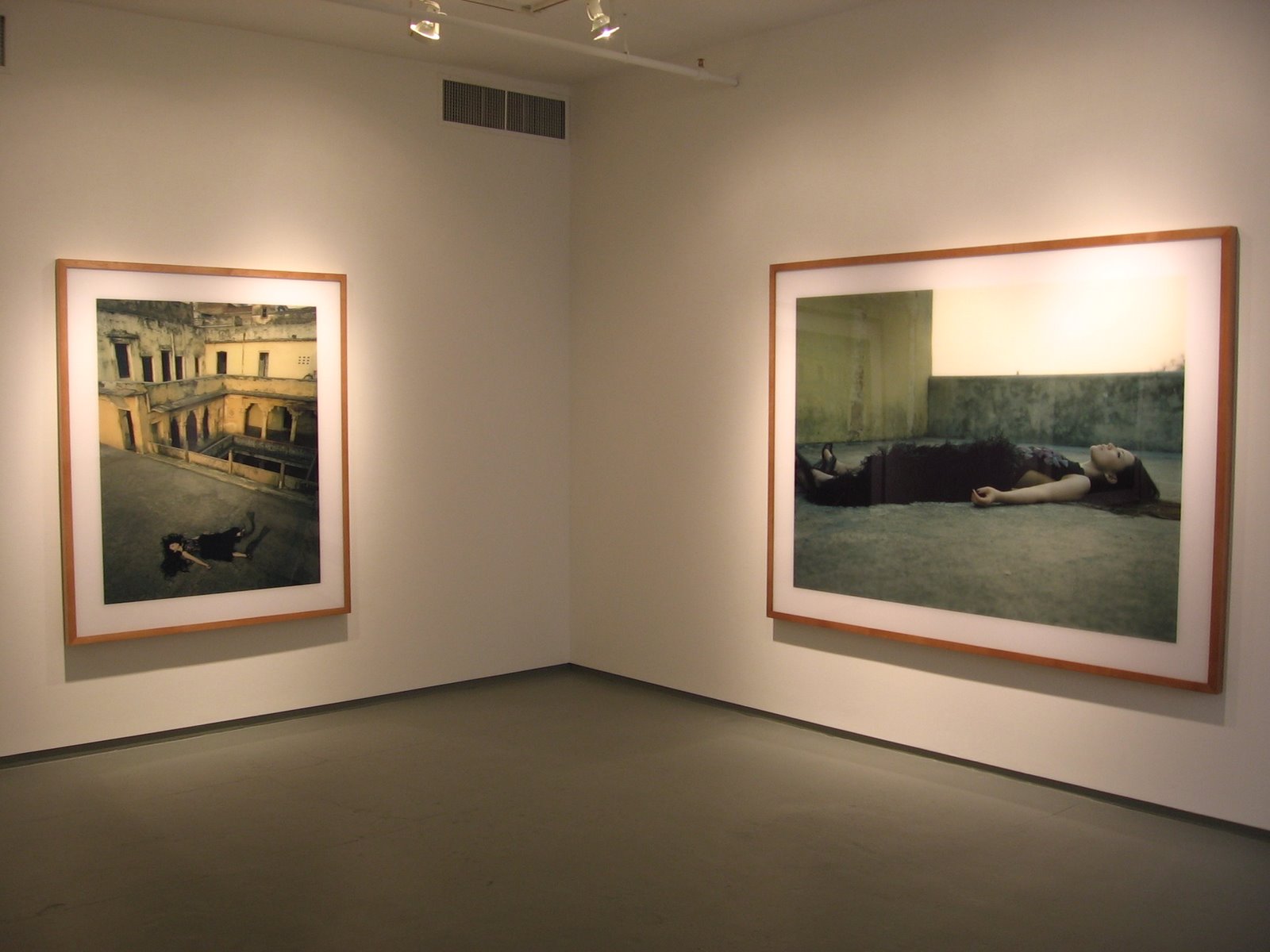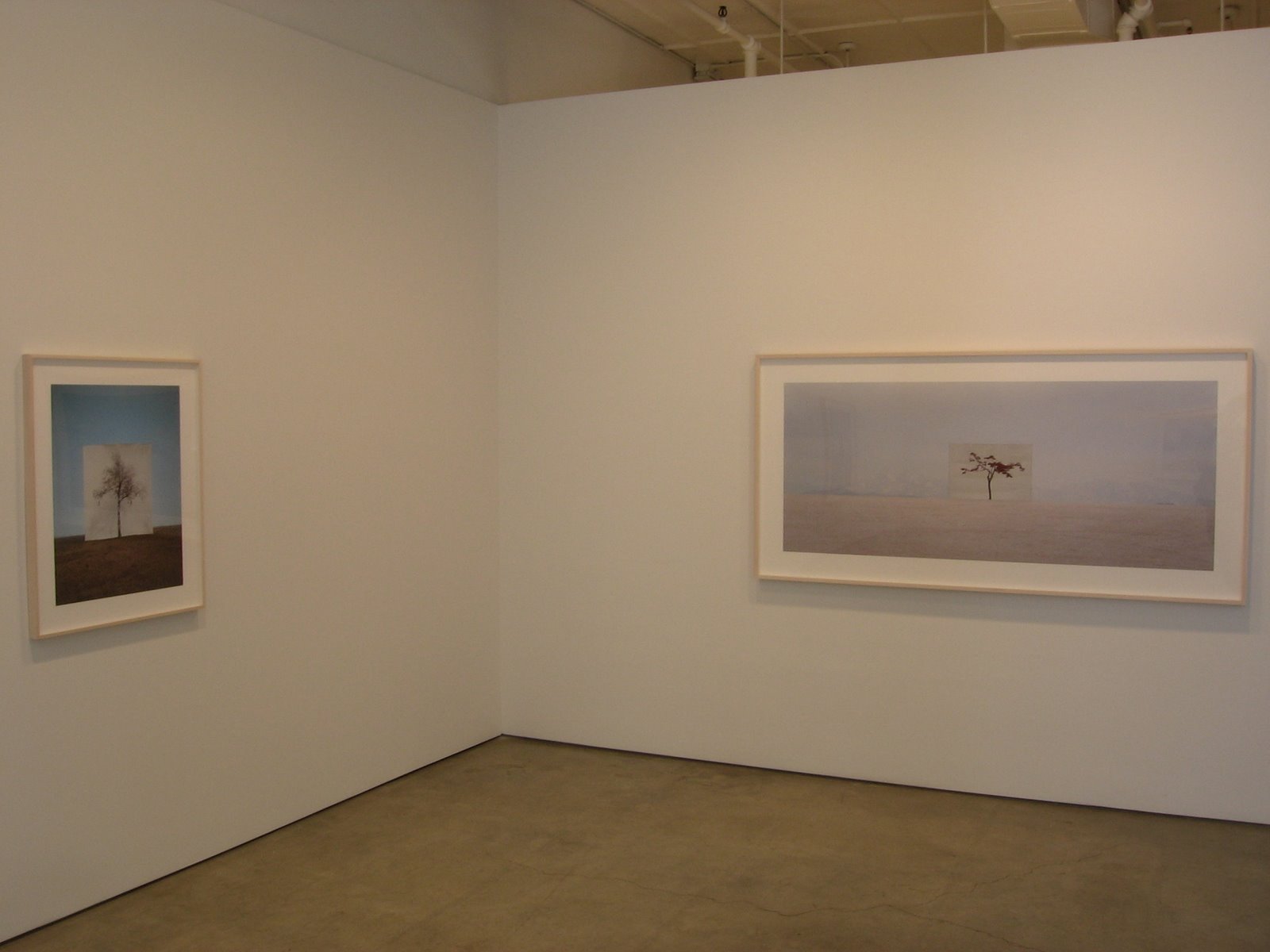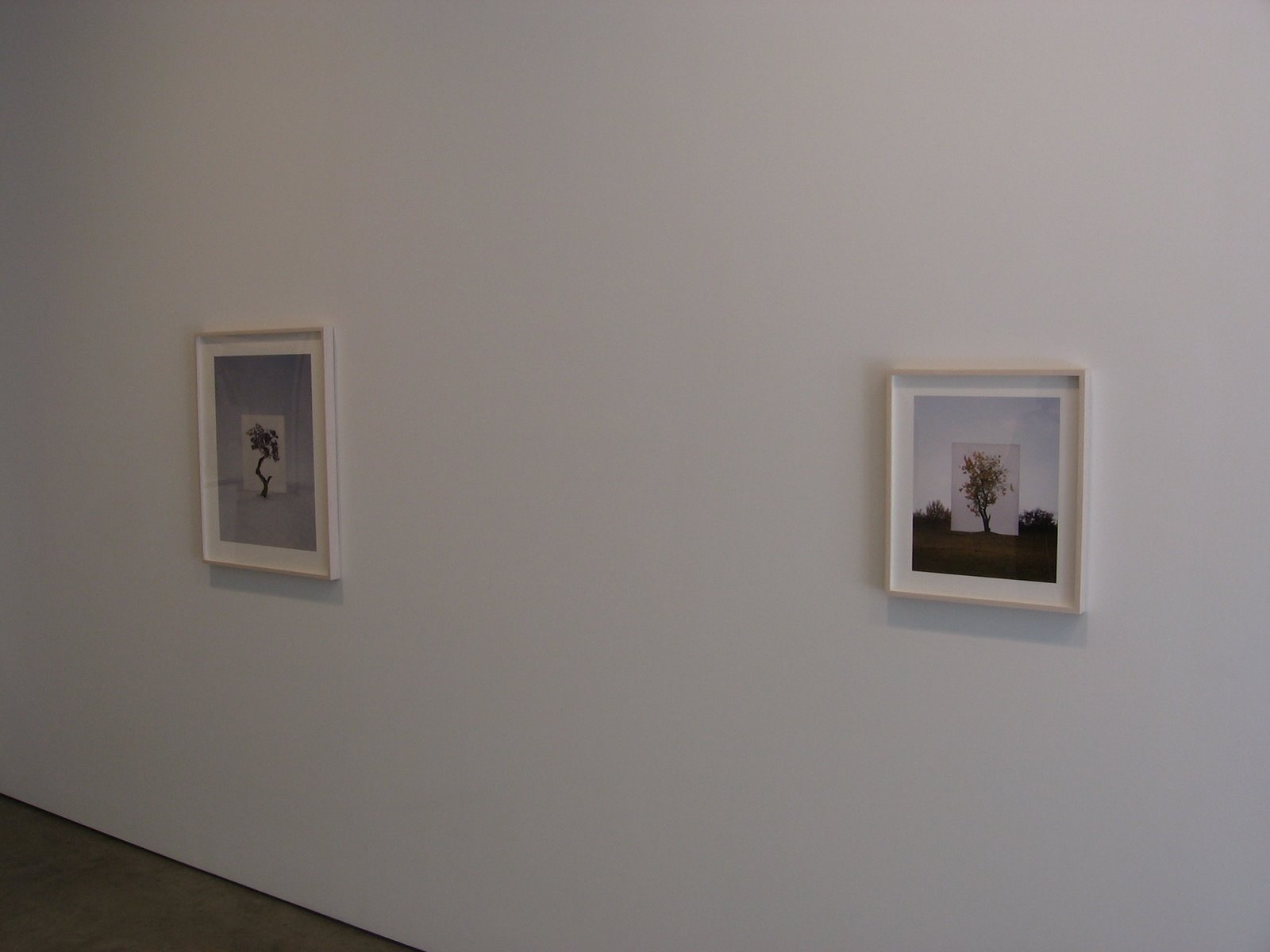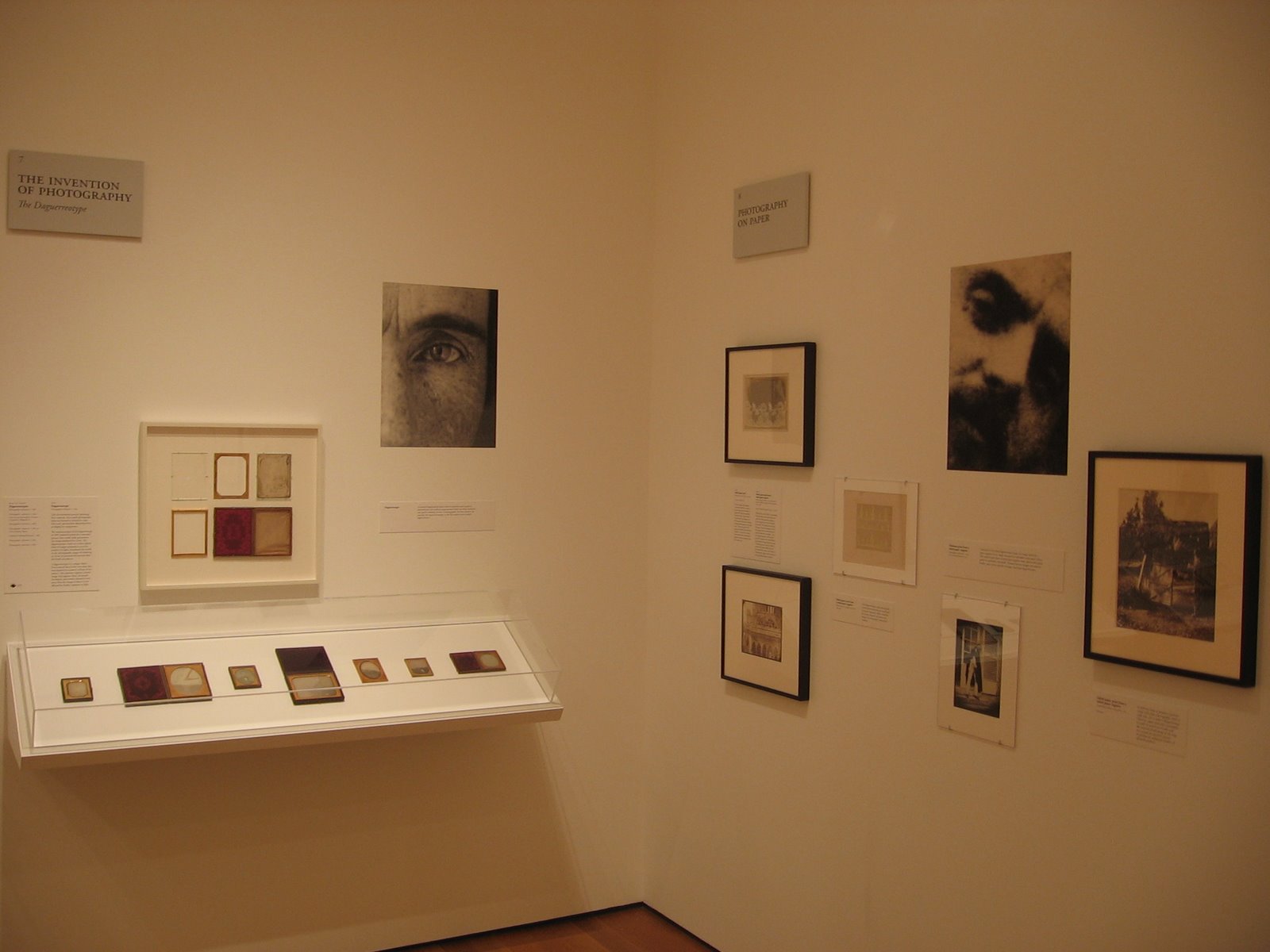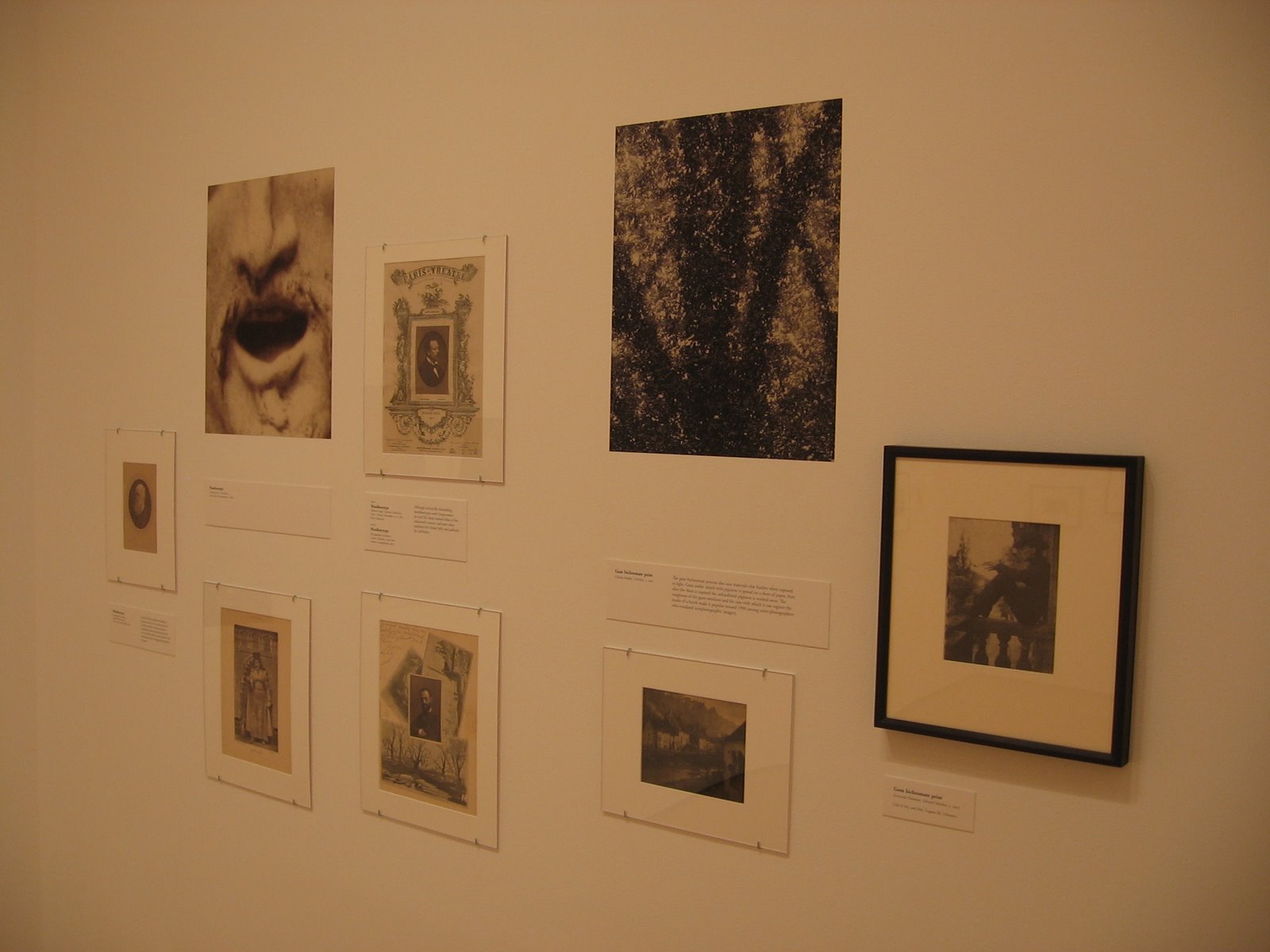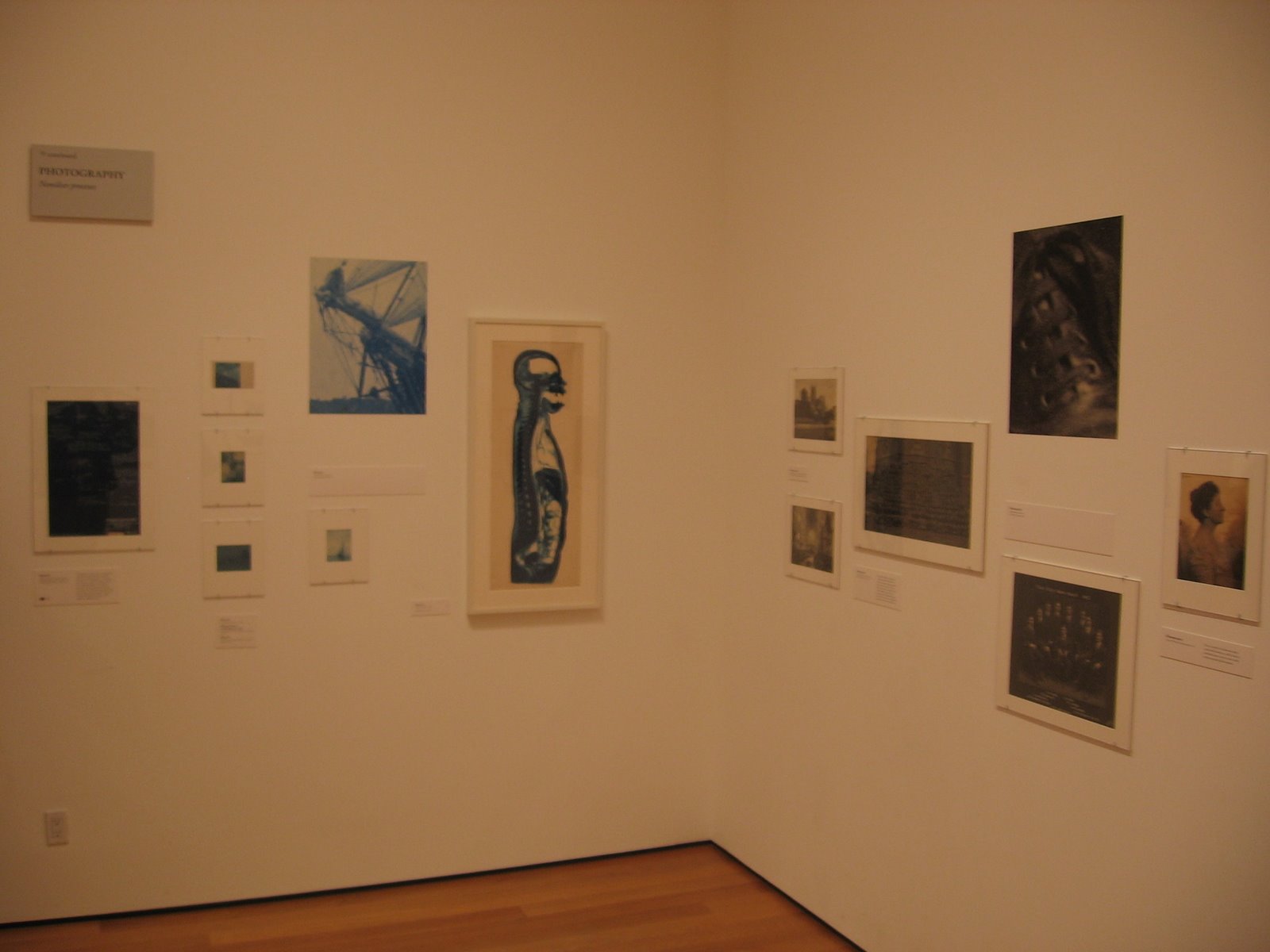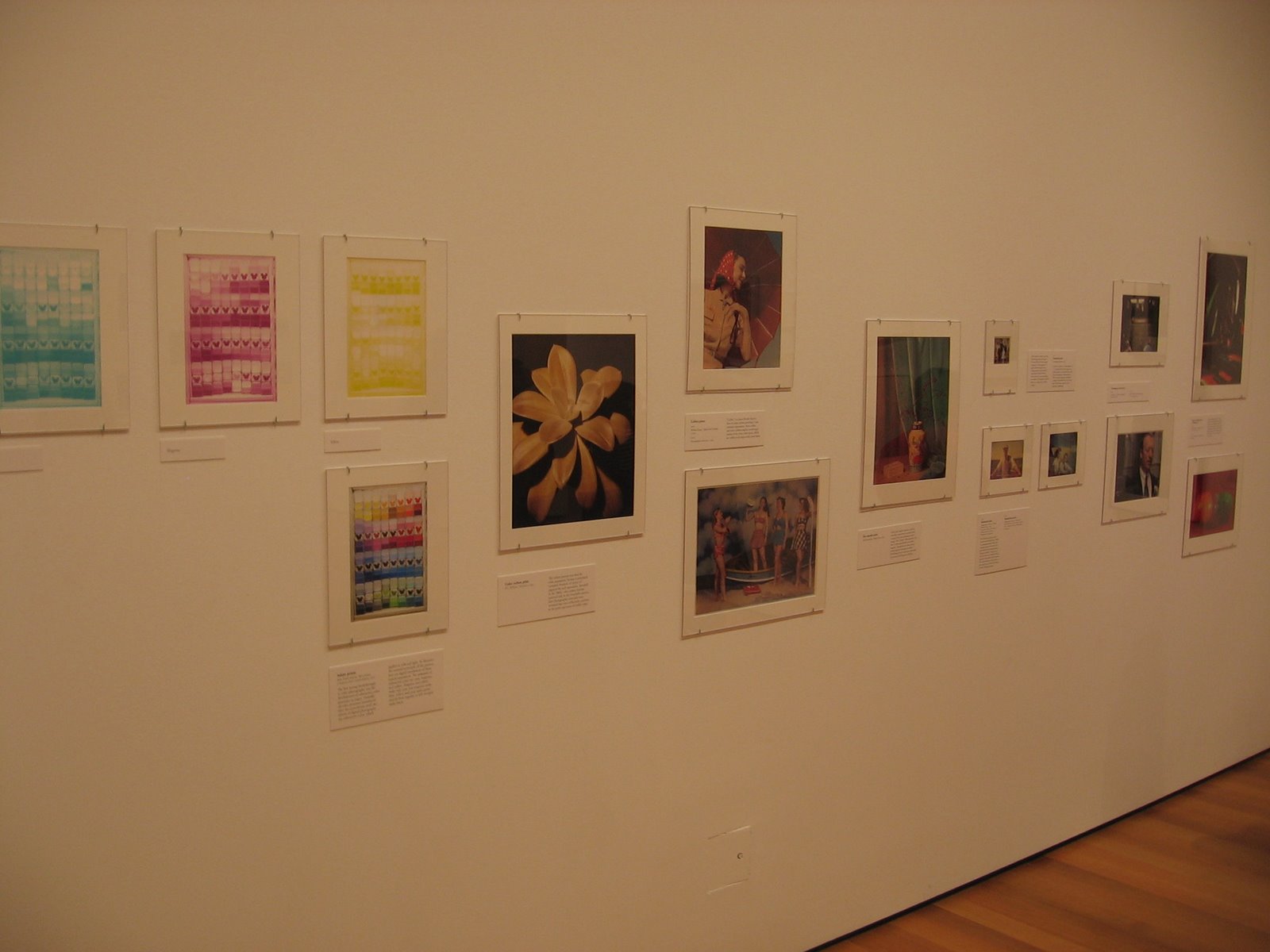This afternoon’s post is primarily aimed at gallery owners or private dealers specializing in secondary market photography, but has some applicability for primary market players as well. I’d like to make a reasoned appeal to you in favor of increased transparency in your pricing, as this is an issue that has been quietly bothering me for quite some time.
The argument I’d like to make is that your ultimate goal (it seems to me) is to develop long term, profitable relationships with collectors (and museums) who will come back as repeat customers, who will buy again and again over time. Building these kinds of relationships requires having the kind of material that a collector is interested in and treating that collector fairly, with respect and openness, during the sales process. Trust gets built over the period of multiple transactions. Positive feelings lead to more sales.
There is a wide spectrum of transparency in pricing to be found in New York. As background, let me describe the variety of pricing realities that I have encountered recently at established, mainstream galleries. (Since waiting lists and “access” are not really part of this particular market, as they are in the primary contemporary art markets, I have left these issues aside; in this market, it is generally the case that your money will buy the available work, whoever you are.) Here are the four major pricing approaches:
- Prices are visible on the wall next to the art, or readily available in a printed price list (multiple copies prominently placed on the desk or elsewhere).
- A price list exists, but it is hidden away behind the desk. It will only be produced if you ask for it.
- No price list is available, but if you ask, someone will rattle off the prices (or ranges of prices), so clearly they have been set in advance, just not published on paper anywhere.
- No price list is available, and if you ask, a Director or sales person will be called from the back room to talk with you.
Anecdotally, I’d say about 6 out of 10 galleries I visit use the first approach, with the rest doing one of the other three, so approximately 40% of the galleries out there are not being as direct as we would like in their pricing. AIPAD member dealers are in theory supposed to be transparent in their pricing (using the first method above), but I have not found this to be universally the case.
The misdirection of the second and third approaches is often defended by gallery owners on the grounds that the gallery doesn’t want to distract the viewer (i.e. buyer) from the artistic merits of the work by making the commercial aspects of the transaction more prominent. i.e. a viewer will focus on the fact that it is priced at $25K, not that it is an excellent piece. While I understand the idea of putting the art front and center, I still see this practice as a not-so-subtle form of salesmanship. The only logical reason to hide the prices is if there is evidence that buyers will pay more when presented with art in this manner. Is it really the case that my perception of the work will be so much more powerful in the authoritative “museum-like” setting (no prices) that I will be willing to pay a higher price when I am eventually presented with the facts (versus if the price had been on the wall from the beginning)? I don’t believe this is the case for serious collectors, and even if it is true in some cases, the marginal benefit to the dealer will be negated when the buyer figures out he/she overpaid. And for more spontaneous collectors and visitors, I think hiding the prices mostly drives potential buyers away, not the other way around.
The fourth approach I find most distasteful, as it gives me the impression that prices are entirely fluid, and the salesperson is merely coming out to size me up and decide the highest price I might be willing to pay (hopefully I am a naïve, price insensitive hedge fund manager). It reminds me of the elaborate social ritual of buying a carpet from a Moroccan rug merchant: equal parts flattery, education, and hard nosed negotiation, all wrapped in pleasantries and tea. The additional problem with this exchange is the real asymmetry of information: the dealer knows everything about the piece, including historical price comparisons and any issues, while the collector knows very little, unless significant background work has been done ahead of the visit. So the collector is often at a distinct disadvantage in this encounter.
Having seen this movie so many times before, when I see that the prices are not posted, I inevitably wave off the visit by the Director and just give up, even when I have some meaningful interest in the piece. Most times, I just don’t want to go through the hassle of the hard sell conversation to get at the price information; all I really wanted was the price to put into my own calculus of relative value before potentially entering into a deeper discussion. Perhaps this has been just the point – to weed out those who are not fully committed, but this seems to be the exactly the wrong reaction you would want from a prospective collector, especially if you are trying to build relationships. While some might argue that this sales process creates opportunities for conversations, I believe posting the prices would be a more effective way to catalyze real discussions, as collectors will naturally self select based on their own budgets.
As an aside, while we are always looking for prices that we feel are fair and choose/favor dealers based on our view of their pricing fairness, this appeal has nothing to do with the actual size of the prices a gallery or dealer decides to charge. I understand well the issues relating to the fixed overhead costs of running a prominent gallery (rent, staff, promotions etc.) and am not surprised when a retail gallery has a higher price for work than a private dealer who has less overhead. It seems to me that for the entire system to work, everyone in the food chain needs to profit, so we’re not put off by higher margins at retail galleries. We also know that galleries and dealers have widely divergent discounting policies; some stick to the list prices, others are willing to bring the prices down substantially. All of these pricing plans are fine, and we adapt our approach based on the way the galleries tend to work.
We also agree that this market is illiquid, and that some vintage pieces have significant scarcity value; we completely understand and agree with this – it should be incorporated into the setting of the prices. “Price on request” is just a euphemism for a secret evolving price (generally high) based on current conditions. If the price is $100K or 200K or whatever, that’s fine; just say so publicly. If the price changes/goes up based on new information, that’s fine too; just change the published amount. And while we generally have thick skin in terms of pricing, the only price I truly dislike is the one which insults my intelligence – unrealistically high in a simple effort to dupe me, assuming I am ignorant of the underlying value of the work being discussed. Unfortunately, this happens much more often than we would like; we tend to laugh it off, proceeding with more caution on a going forward basis (the trust-o-meter now broken).
So what I am passionately advocating is universal adoption of transparent pricing. Many of you will likely consider this idea a poor fit for the market realities as you perceive them, but I truly believe it is in your best interests to be more direct. Move to a new mode of operating where you always post the prices on the wall (and on the Internet), or make them readily available without asking. Collectors of all kinds can handle the truth (even if it means large numbers), and will value being treated in an up front manner. Dispense with the games and obfuscation and let the published prices speak for themselves. And if the prices can’t handle the scrutiny, then they’re the wrong prices.
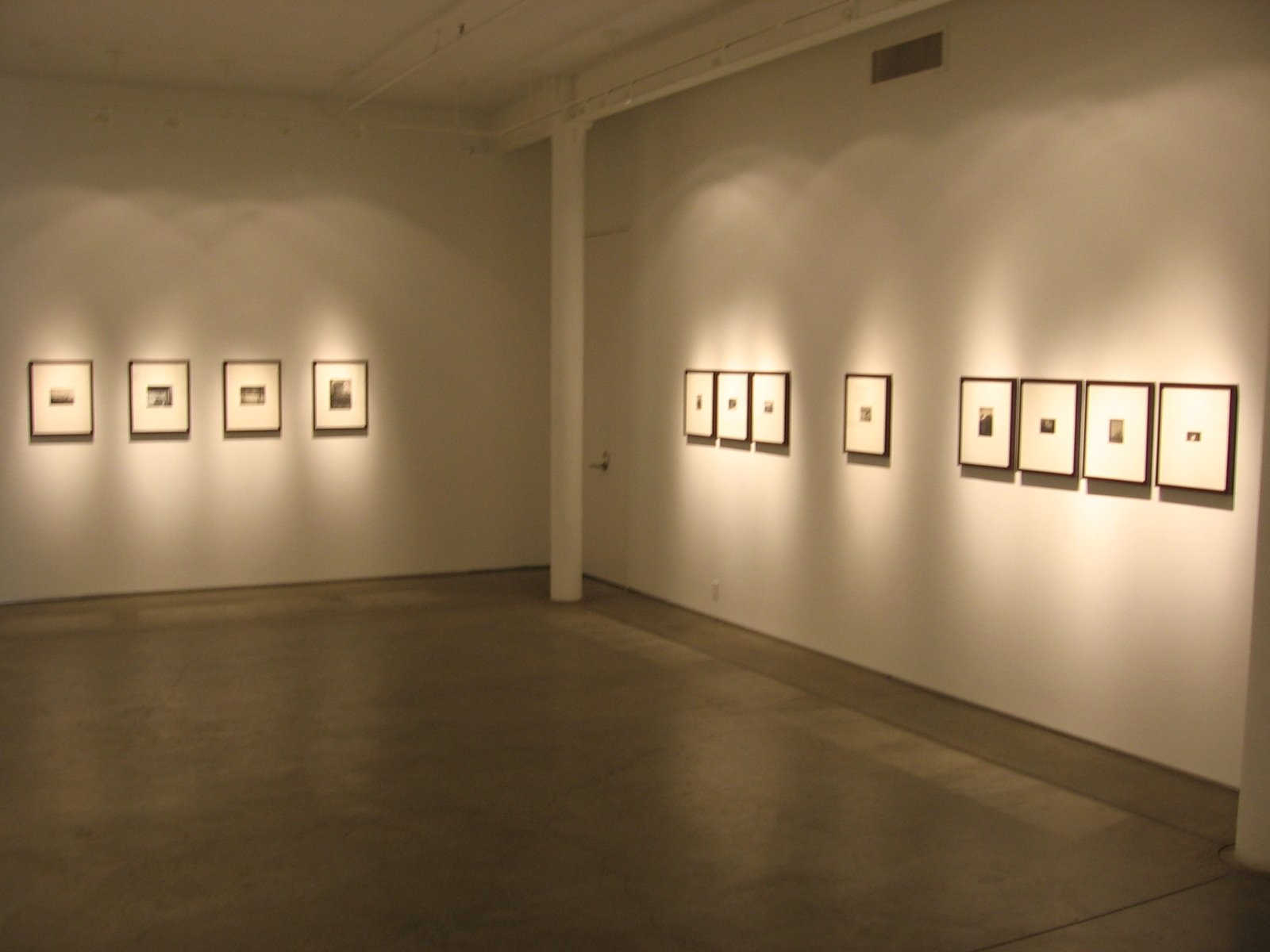 JTF (just the facts): A total of 31 vintage gelatin silver prints, framed in brown wood and matted, and hung in one large room. The prints are generally small, mostly 4×5, some as large as 9×7. The images were taken between 1910 and 1939. (Installation shots at right.)
JTF (just the facts): A total of 31 vintage gelatin silver prints, framed in brown wood and matted, and hung in one large room. The prints are generally small, mostly 4×5, some as large as 9×7. The images were taken between 1910 and 1939. (Installation shots at right.)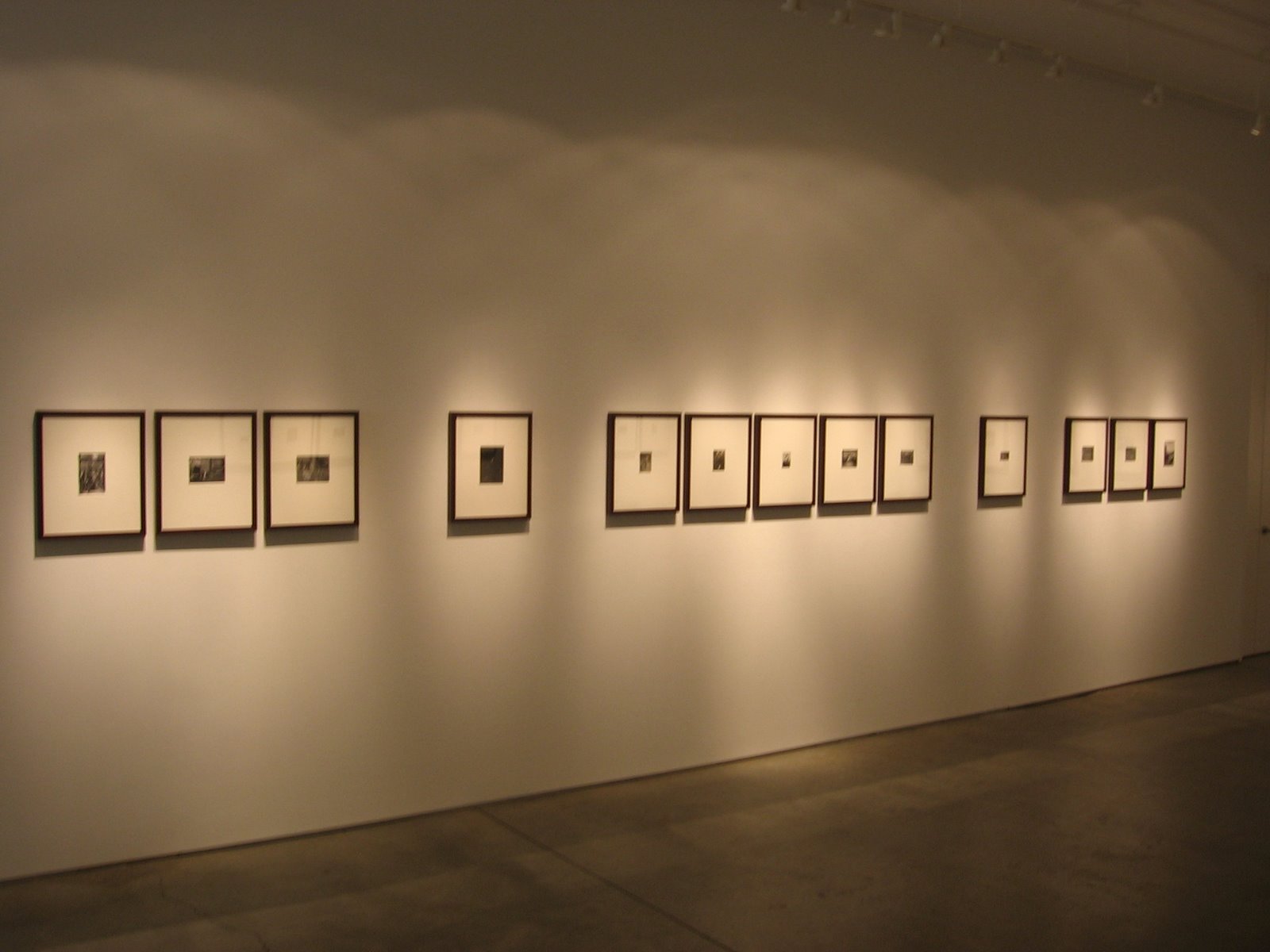 While Hoppé made portraits as well as images in America and other places, this show chronicles his work in London, his adopted hometown. There are city and street scenes, top hats, dockyards and gardens, as well as plenty of architectural images of bridges, churches, and other London landmarks. The small size of the prints encourages intimate viewing. Given Hoppé’s transitional aesthetic, the show is a mixed bag of more routine historical shots, with a handful of stand out compositions here and there.
While Hoppé made portraits as well as images in America and other places, this show chronicles his work in London, his adopted hometown. There are city and street scenes, top hats, dockyards and gardens, as well as plenty of architectural images of bridges, churches, and other London landmarks. The small size of the prints encourages intimate viewing. Given Hoppé’s transitional aesthetic, the show is a mixed bag of more routine historical shots, with a handful of stand out compositions here and there. 


